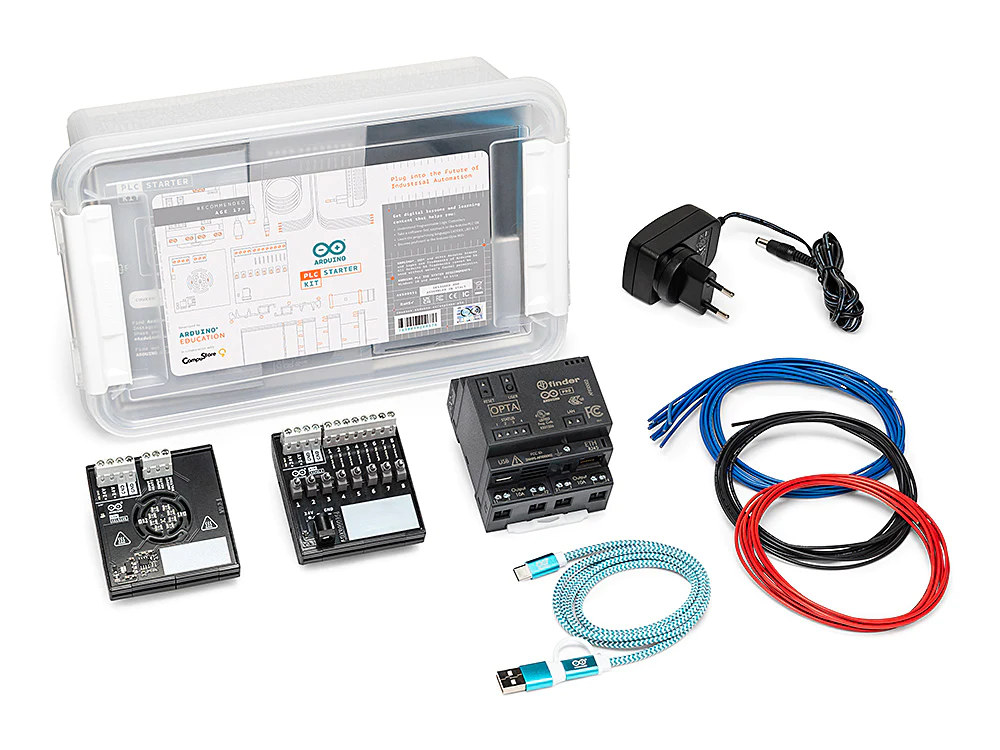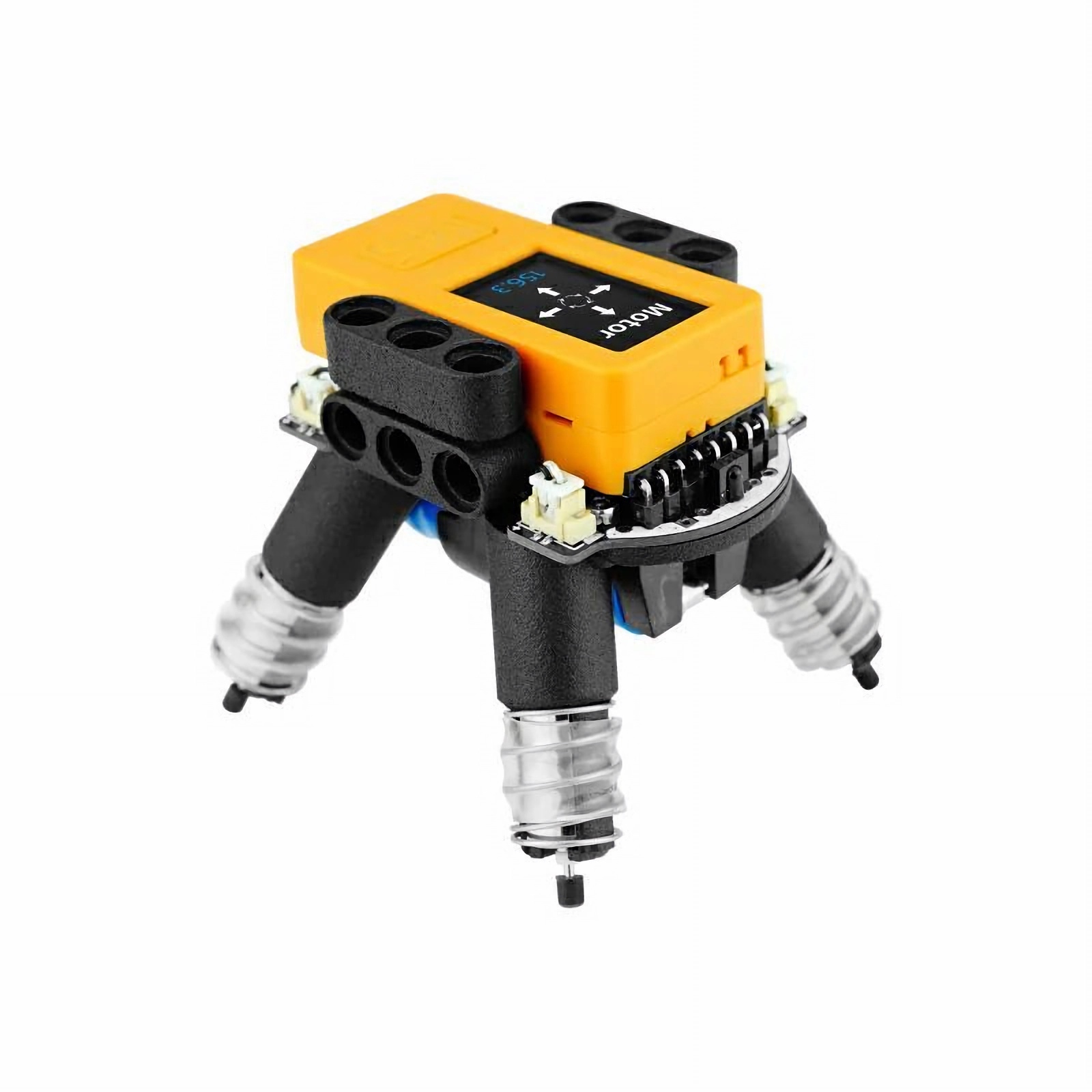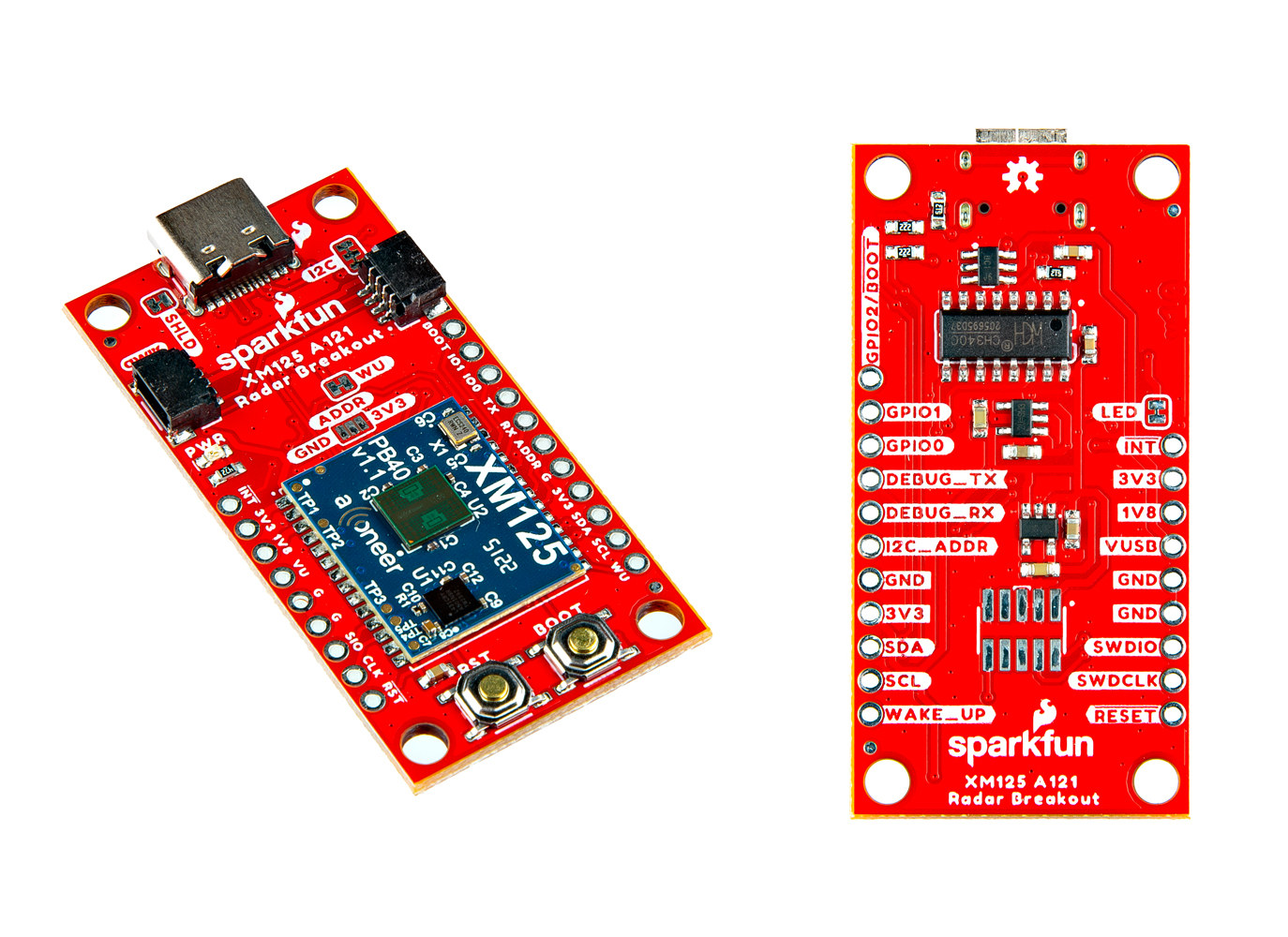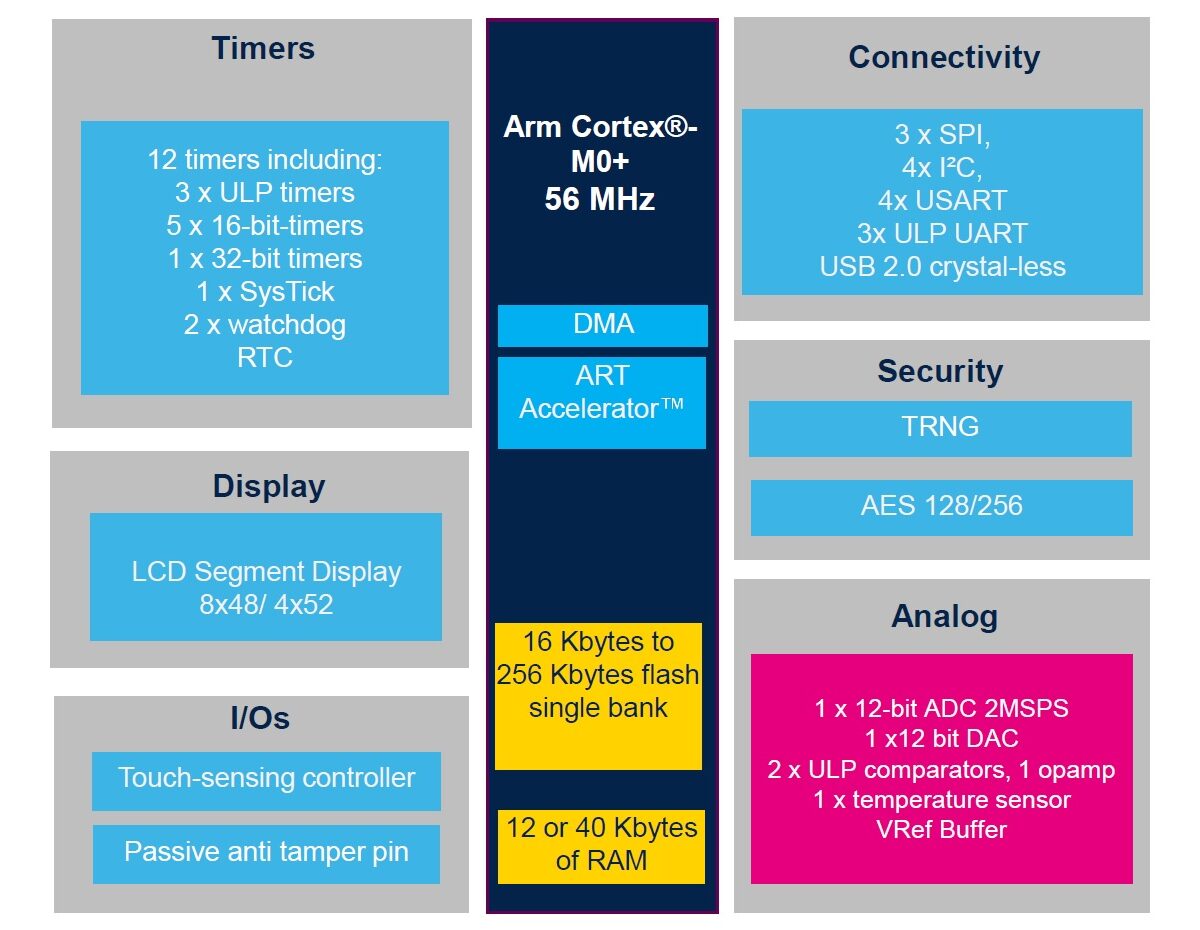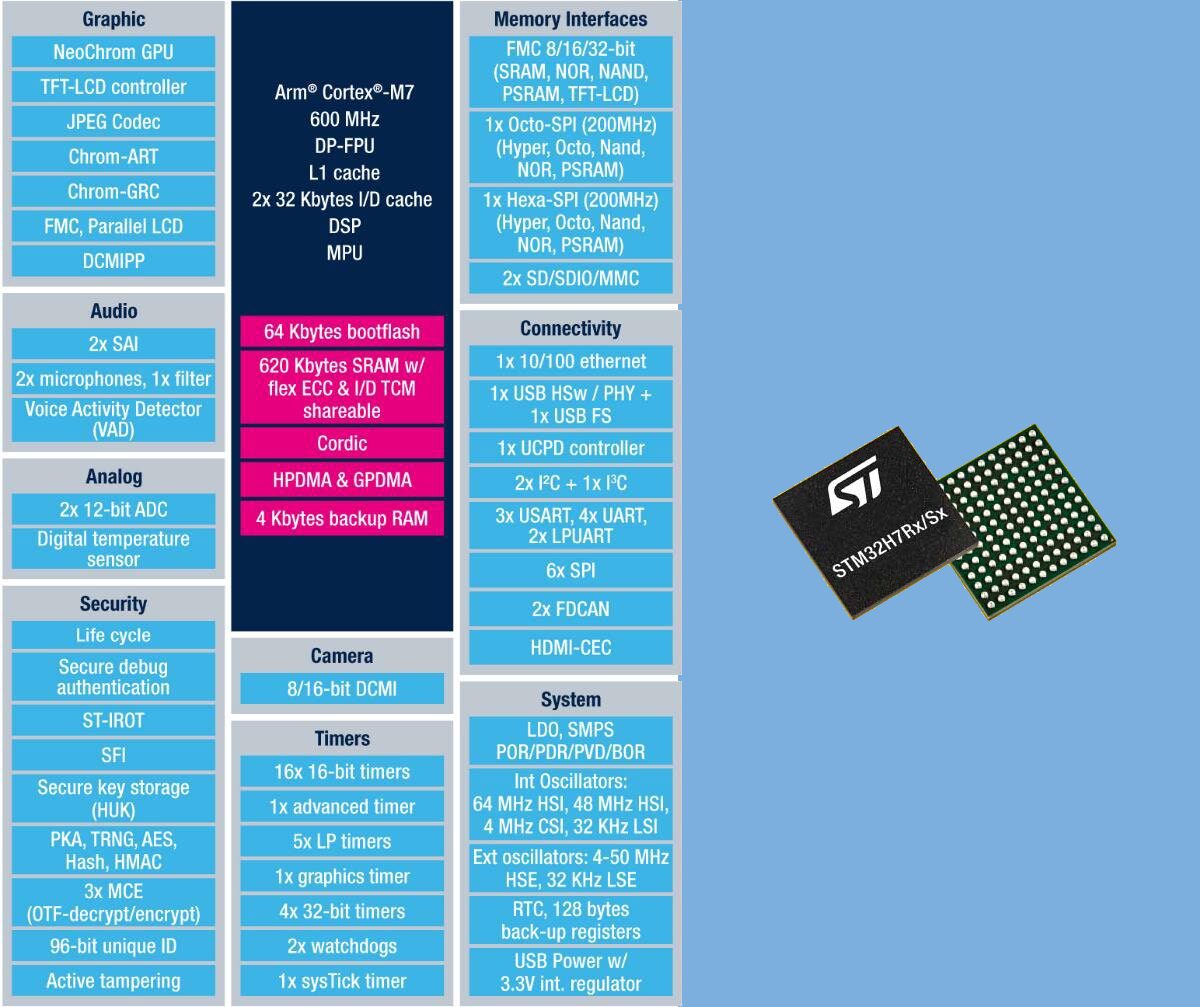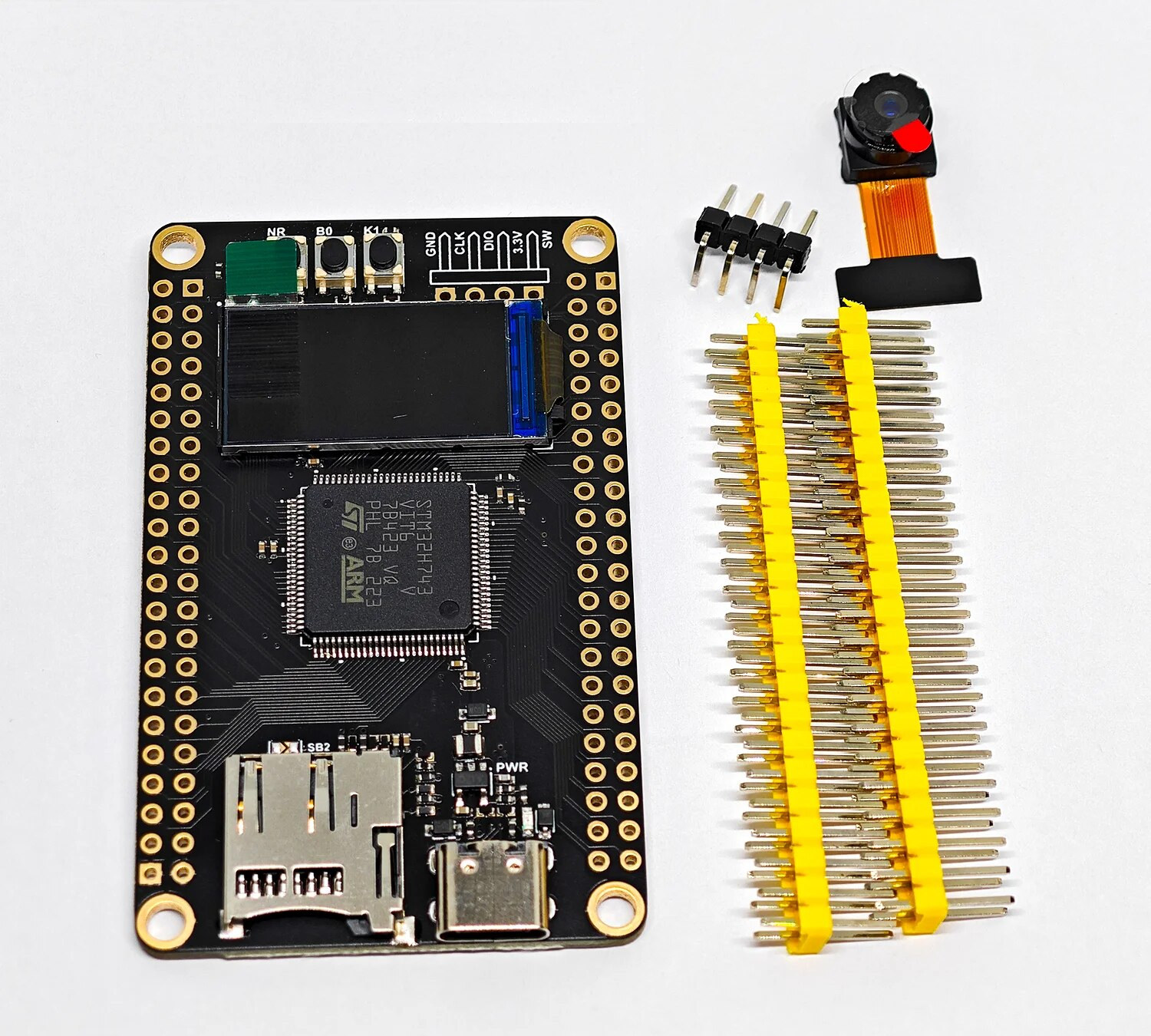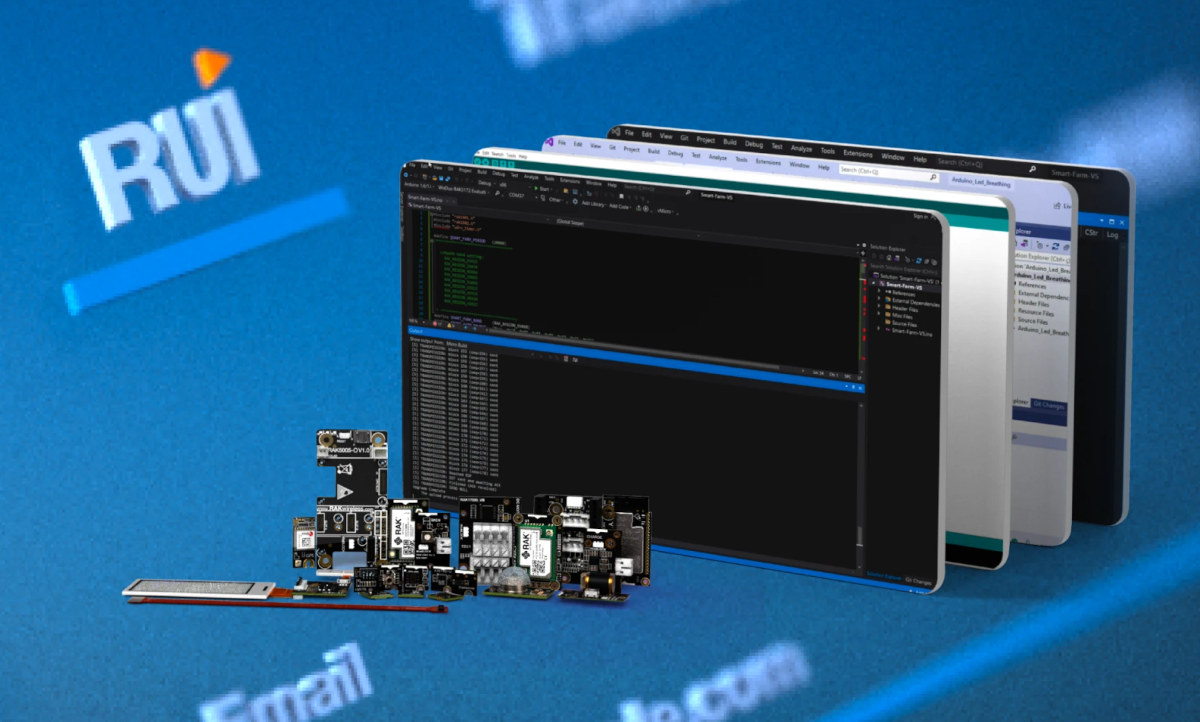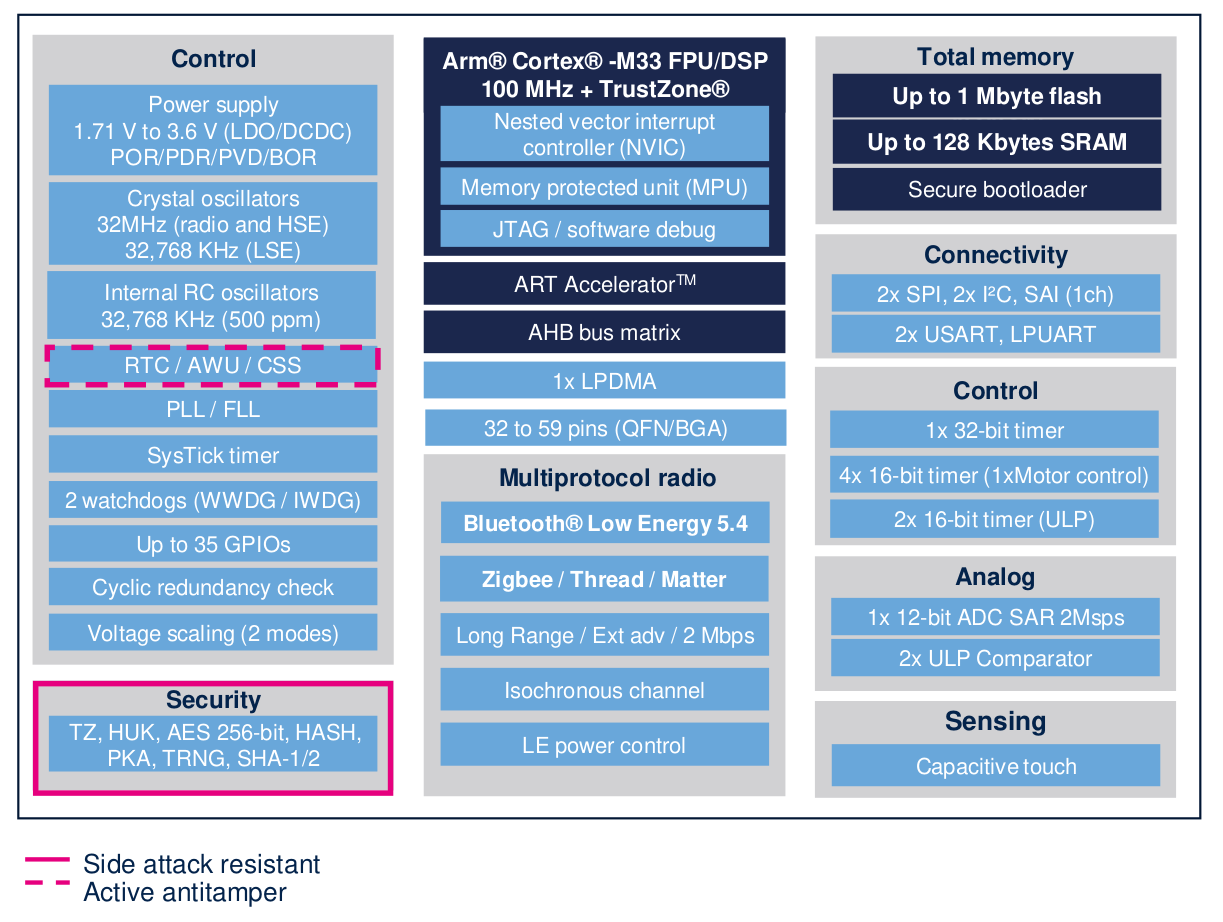Arduino PLC Starter Kit combines the Arduino Opta micro PLC, the Arduino DIN Simul8 digital input simulator and power distribution board, and the Arduino DIN Celsius board with two independent heater circuits and one temperature sensor acting as a temperature laboratory. The kit is supported by the Arduino PLC IDE first introduced in 2022 and comes with various cables and a power supply that allows users to quickly get started. Arduino says the kit targets the education of students aged 17 years and more. It includes 20 hours of lessons going through the history of programmable logic controllers, Modbus RS-485 communications, and how PLCs integrate with industrial simulated systems. The main hardware and software components of the kits are: Arduino Opta WiFi micro PLC based on an STMicro STM32H747XI dual-core Arm Cortex-M7/M4 MCU, offering Ethernet and RS485 communication interfaces, and exposing eight digital/analog inputs, plus four relay outputs. DIN Rail-mountable […]
M5Stack BugC2 programmable robot base has an STM32 control chip and a four-way motor driver
Modular IoT hardware developer, M5Stack, has released a new programmable robot base based on the STM32F030F4 microcontroller with LEGO and Arduino compatibility. The M5Stack BugC2 is “compatible with the M5StickC series controllers,” and includes the ESP32-powered M5StickC Plus2 development kit in the package. It features an L9110S four-way motor driver for all-directional operation, two programmable RGB LEDs, an infrared encoder, and a 16340 rechargeable Li-ion battery holder. It also comes with a USB Type-C port for charging the battery and supports onboard reverse charging protection and voltage detection. Listed applications for the M5Stack BugC2 programmable robot base include remote motor control, robot control, and an intelligent toy. M5Stack BugC2 specifications: Microcontroller – STMicroelectronics STM32F030F4 microcontroller, with Arm 32-bit Cortex-M0 CPU @ 48 MHz, and with up to 256KB of flash memory Motor driver – L9110S Infrared receiver – SL0038GD IR detection distance (StickC Plus2) Infrared emission distance (linear distance) at […]
Sparkfun’s Pulsed Coherent Radar Sensor features Acconeer XM125 60 GHz module, works through walls, offers up to 20-meter range
SparkFun has launched a new Qwiic breakout board for the Acconeer XM125 60 GHz pulsed coherent radar sensor that can measure distance to humans even through walls and works at a distance of up to 20 meters. We’ve seen tiny 24GHz or 60GHz radar modules for several years now, and Supachai even reviewed the Seeed Studio mmWave sensor using ESPHome and Home Assistant late last year with the solution relying on Frequency-Modulated Continuous Wave (FMCW) technology. The Acconneer XM125 is a Pulse-radar module that emits electromagnetic waves in short bursts instead of continuously like FMCW radars and allows longer measurement ranges potentially at the cost of lower accuracy. Sparkfun Pulse Coherent Radar Sensor specifications: Acconeer XM125 Module A121 60GHz Pulsed Coherent Radar (PCR) Integrated baseband, RF front-end, and antenna in package Detects distance, speed, motion, and objects up to 20 meters away Millimeter precise readings Low power consumption STMicro STM32L431CBY6 […]
STMicro announces ultra-low-power STM32U0 MCU, unveils 18nm FD-SOI process for STM32 microcontrollers
STMicro has announced the ultra-low-power STM32U0 Arm Cortex-M0+ microcontroller family running up to 56 MHz that reduces energy consumption by up to 50% compared to previous product generations such as STM32C0 or STM32L0 while targetting SESIP Level 3, PSA-Certified Level 1, and NIST certifications. Separately, the company also introduced a new 18nm FD-SOI manufacturing process for STM32 microcontrollers that will replace the 40nm process currently used. STMicro STM32U0 Cortex-M0+ MCU STMicro STM32U0 key features and specifications: MCU Core – Cortex-M0+ up to 54 MHz with ART accelerator Memory / Storage STM32U031x – 12KB SRAM, 16 to 64KB flash STM32U073x – 40 KB SRAM, 16 to 256 KB flash STM32U083x – 40 KB SRAM, 256 KB flash Display – LCD controller for 8×48 or 4×52 segment displays (STM32U073, STM32U083) Peripherals 3x I2C, 2x SPI, 4x USART, 2x low-power UART. Up to 21x capacitive sensing channels USB – 1x USB 2.0 device […]
600 MHz STM32H7R/S Cortex-M7 MCUs feature 620KB SRAM, 64KB boot flash, optional NeoChrom GPU
STMicro has launched the high-performance 600 MHz STM32H7R/S Arm Cortex-M7 microcontrollers: the STM32H7R3/S3 General-purpose MCU lines, and STM32H7R7/S7 graphics MCU lines adding a NeoChrom 2.5D GPU. Both ship with a large 620KB SRAM and a small 64KB boot flash. The reason for the small boot flash is to have the application code and data stored off-chip memory ICs to provide more flexibility to customers when it comes to the choice of memory type and capacity to fulfill the application requirements and lower the BoM cost. The “S” in the STM32H7S microcontrollers stands for Security with a crypto/hash engine that can help the final product achieve SESIP Level 3 and/or PSA Certified Level 3 certifications. Many of the specifications are similar to the STM32H7 microcontrollers, but performance is better going slightly faster than the 550MHz STM32H7 MCUs added in 2020, and the STM32H7R/S adds some new features: 200 MHz Hexadeca SPI […]
WeAct STM32H743 Arm Cortex-M7 board ships with a 0.96-inch LCD and a choice of camera sensors
WeAct STM32H743 is a small MCU development board powered by a 480 MHz STMicro STM32H743VIT6 Cortex-M7 microcontroller and equipped with a small LCD and a camera connector taking OV2640, OV5640-AF, OV7670, or OV7725 camera sensors. The board comes with 2048KB flash and 1MB RAM built into the STM32H7 microcontroller, 8MB SPI flash, 8MB QSPI flash, a microSD for data storage, USB-C port for power and programming, a few buttons, and plenty of I/Os accessible through two 44-pin headers. WeAct STM32H743 specifications: MCU – STMicro STM32H743VIT6 Arm Cortex-M7 microcontroller at 480MHz with FPU, DSP, and MPU, 2048KB flash, 1MB RAM Storage – 8MB SPI Flash, 8MB QSPI Flash (bootable), microSD card socket Display – 0.96-inch TFT LCD based on ST7735 SPI display driver Camera 8-bit Digital Camera Interface (DCMI) with autofocus support OV2640 (1600×1200), OV5640-AF (2592×1944 with autofocus), OV7670 (640×480), or OV7725 (640×480) camera sensors are supported USB – 1x USB-C […]
RAKwireless open sources RUI3 multi-target IoT development platform
RAKwireless has made its RUI3 IoT software development platform open-source so that customers or users can implement “nice-to-have” features on top of the features already implemented by the company which could make it even more versatile in a wider range of IoT scenarios. Introduced in 2022, the RAK Unified Interface v3, or RUI3 for shorts, is a modular IoT platform based on the Arduino SDK with additional functions for IoT connectivity and low power that supports a variety of devices and applications. So developers can learn the language, code once, and use the same software on multiple WisBlock core platforms including Nordic Semi nRF52, STM32, ESP32, and Raspberry Pi RP2040 instead of having to juggle between different the Arduino BSP, the ESP-IDF framework, Nordic nRF Connect SDK, or Raspberry Pi C SDK. Users could already use the RUI3 firmware with the RAK3172 (STM32), RAK4630/RAK4631 (nRF52), or RAK11720 (Apollo3) WisBlock Core […]
STM32WBA microcontrollers with Bluetooth LE 5.4, Zigbee, Thread, and Matter to comply with US and EU Cybersecurity regulations
STMicro’s new STM32WBA series, starting with the STM32WBA52, STM32WBA54, and STM32WBA55 devices, is a family of Arm Cortex-M33 wireless microcontrollers with Bluetooth LE 5.4, Zigbee, Thread, and Matter connectivity that achieved the SESIP (Security Evaluation Standard for IoT Platforms) Level 3 security certification and should make them compliant with US Cyber Trust Mark and EU Radio Equipment Directive (RED) regulations due to become mandatory in 2025. The 100MHz STM32WBA54 and STM32WBA55 microcontrollers come with up to 1MB of flash memory, support Arm TrustZone architecture isolating secure processes and storage, and incorporate background autonomous mode, flexible power-saving states, and analog and digital peripherals found in STMicro STM32U5 ultra-low-power MCUs. STM32WBA54 and STM32WBA55 specifications: MCU core – Arm Cortex-M33 at 100MHz with FPU and DSP Memory – Up to 128KB SRAM Storage – Up to 1 MB flash Wireless Bluetooth Low Energy 5.4 Long Range (LR) capable Up to 2 Mbps Bluetooth […]


